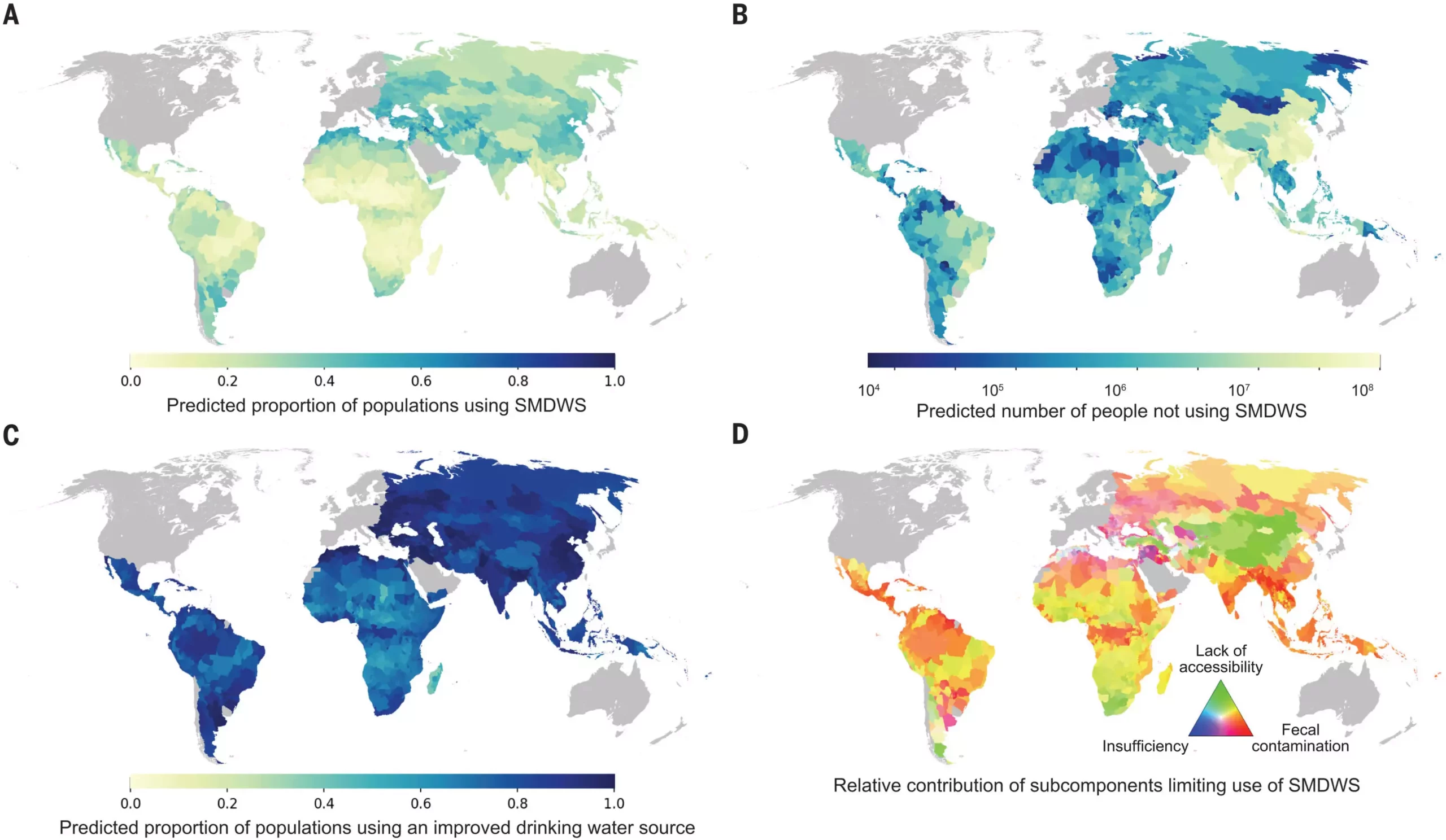In an alarming revelation by a coalition of environmental scientists, over half of the global population faces significant limitations in accessing safe drinking water. Published in the journal Science, this groundbreaking study underscores a humanitarian crisis that extends far beyond previously estimated figures. While previous estimates from various organizations in 2020 suggested that around 2 billion individuals lacked access to potable water, this research indicates that the true scale of the problem may be more than double that, with a staggering 4.4 billion people affected.
Rob Hope, affiliated with the University of Oxford, contributes to the discourse on this pressing issue in a Perspective article that accompanies the research within the same volume of Science. He elucidates what constitutes safe drinking water. According to Hope, “safe access” encompasses not only the availability of clean water on demand but also the assurance that this water is readily accessible within living quarters, eliminating the need for arduous journeys to obtain it. Furthermore, safe drinking water must be devoid of contaminants, including pathogenic bacteria and harmful chemicals, which are prevalent in many regions. This multi-faceted definition highlights the complexities involved in assessing water quality and availability, as mere proximity to water does not guarantee its safety.
The researchers employed a sophisticated computer simulation incorporating data from approximately 65,000 households worldwide. This extensive dataset facilitated the creation of informative maps across 135 countries, pinpointing regions with inadequate access to safe drinking water. These maps were then analyzed alongside data from UNICEF to arrive at a comprehensive estimate of the population suffering from unsafe drinking water. The implementation of such an extensive study signifies a pivotal moment in how we understand water accessibility, revolutionizing previous methodologies and exposing the grim reality of the water crisis.
The findings of this study are not only concerning but are also marked by stark regional disparities. The majority of the population suffering from a lack of access to clean drinking water is concentrated in areas like South Asia, sub-Saharan Africa, and East Asia. This demographic distribution raises critical questions about global equality and the urgent need for focused strategies to address these disparities. The researchers identified two primary obstacles hindering access to safe drinking water: the pervasive presence of contaminants and the lack of essential infrastructure. This points to the necessity for investment in sanitation and water quality frameworks that can facilitate the delivery of safe water supplies to underserved populations.
As the global population continues to grow, the imperative to confront this escalating water crisis becomes ever more urgent. This study not only highlights the scale of the issue at hand but also serves as a clarion call for policymakers, environmentalists, and humanitarian organizations to coalesce around innovative solutions. Effective interventions will require a combination of technological advancements, robust infrastructure development, and international cooperation to ensure that access to safe drinking water is recognized as a fundamental human right. The staggering revelation that more than half of the world lacks access to safe water demands immediate attention and action to safeguard the health and well-being of billions.


Leave a Reply